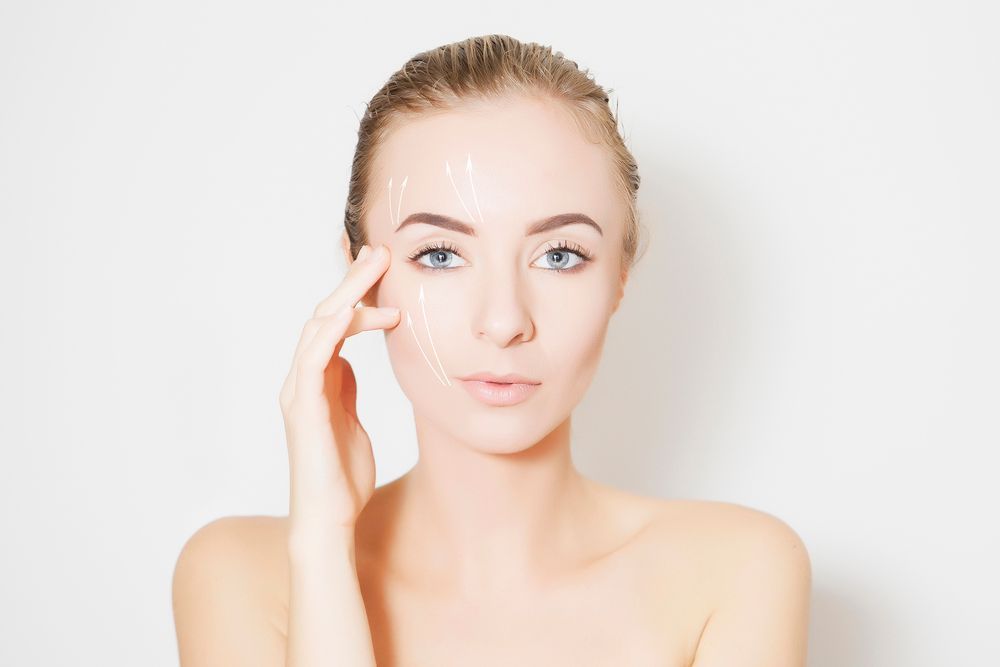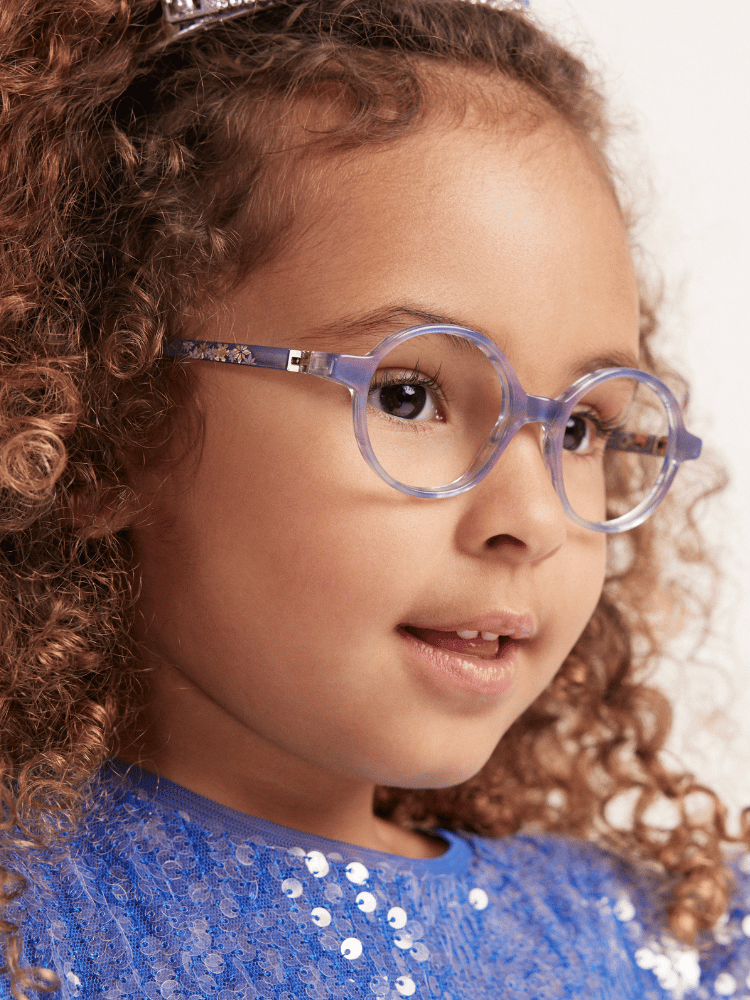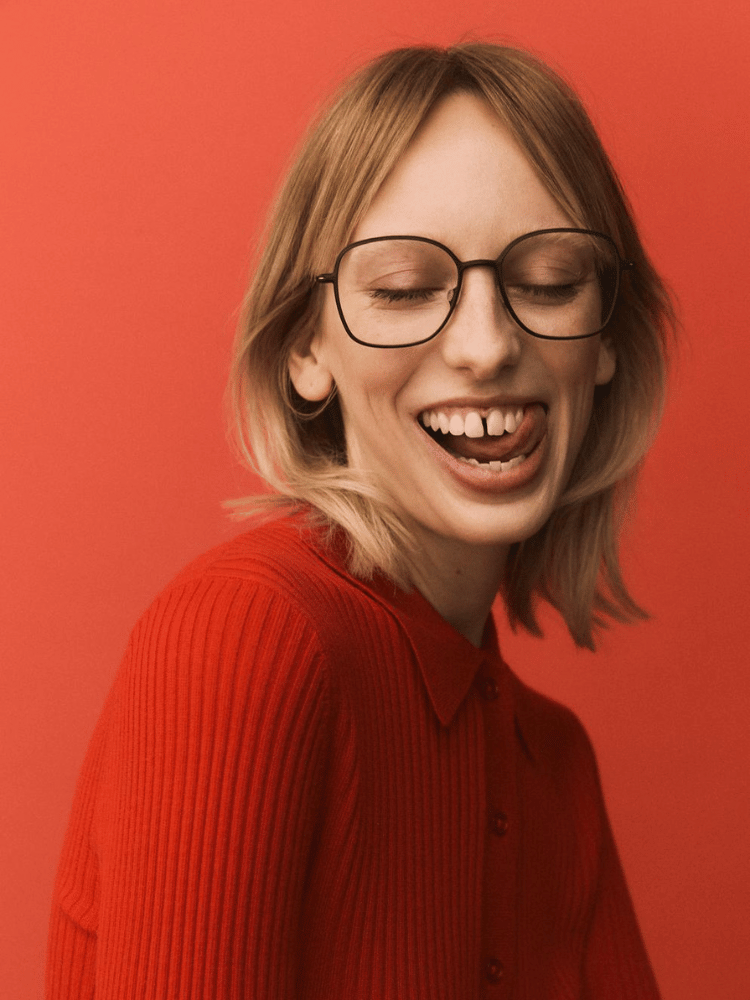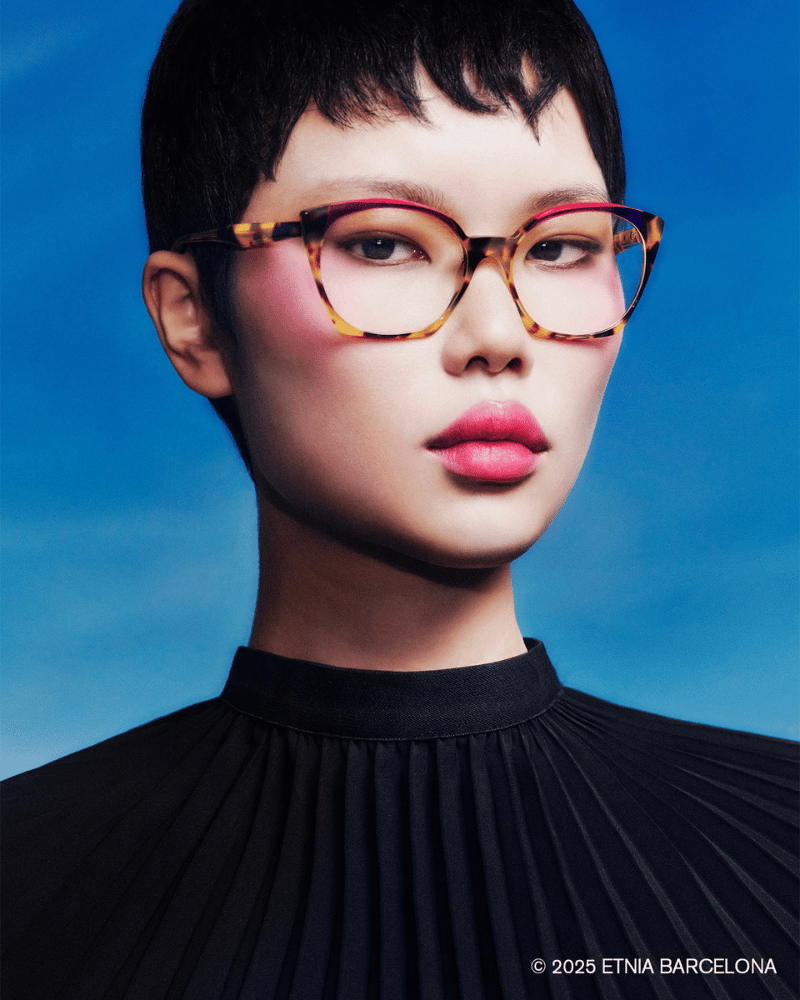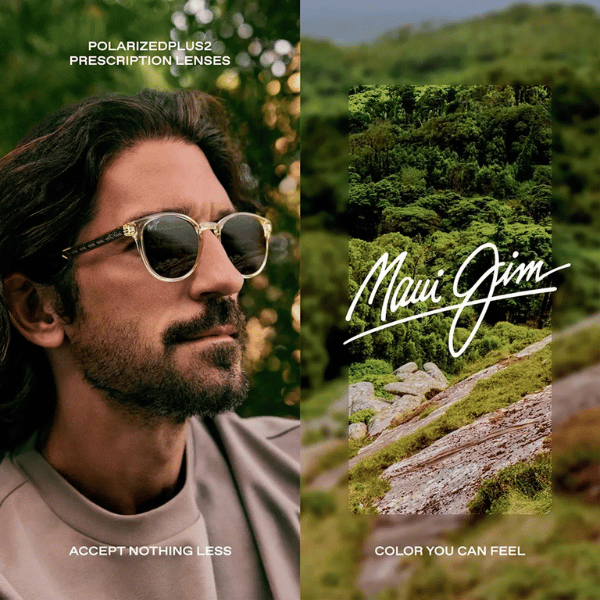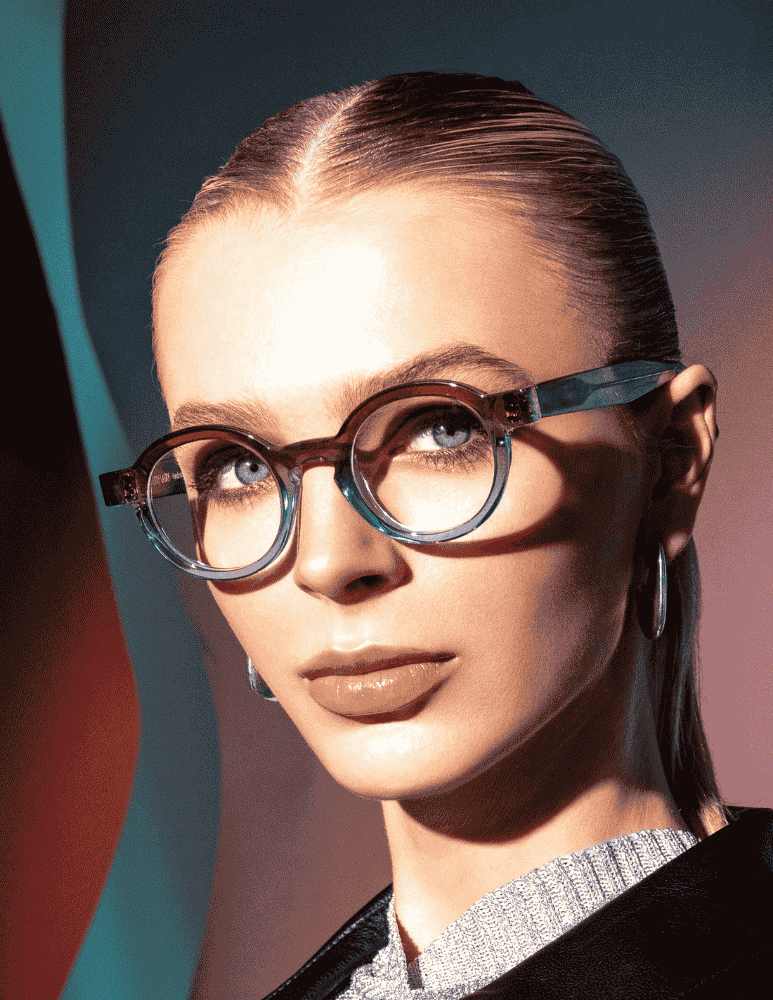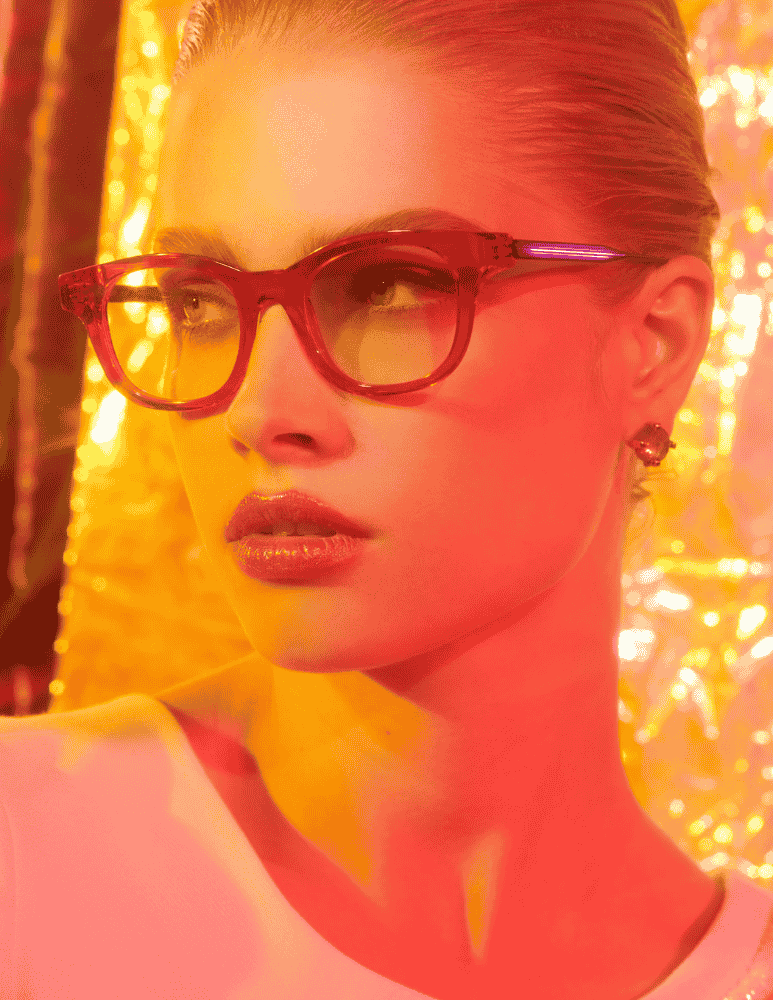WHAT COLOUR GOLF BALL IS EASIEST TO SEE?
Now that it’s warmed up outside and the weather is looking more and more like summer, many of us are shining up our golf clubs in anticipation of a great season on the links. To get the most out of your game, it helps to be able to find your ball after it’s struck – whether it’s high in the air on its way to a record drive, or sitting in the rough among a pile of leaves following an approach shot that was a little…off. This article is for all the golfers out there, and will help answer a common question in our exam rooms: “What colour golf ball is easiest to see?”
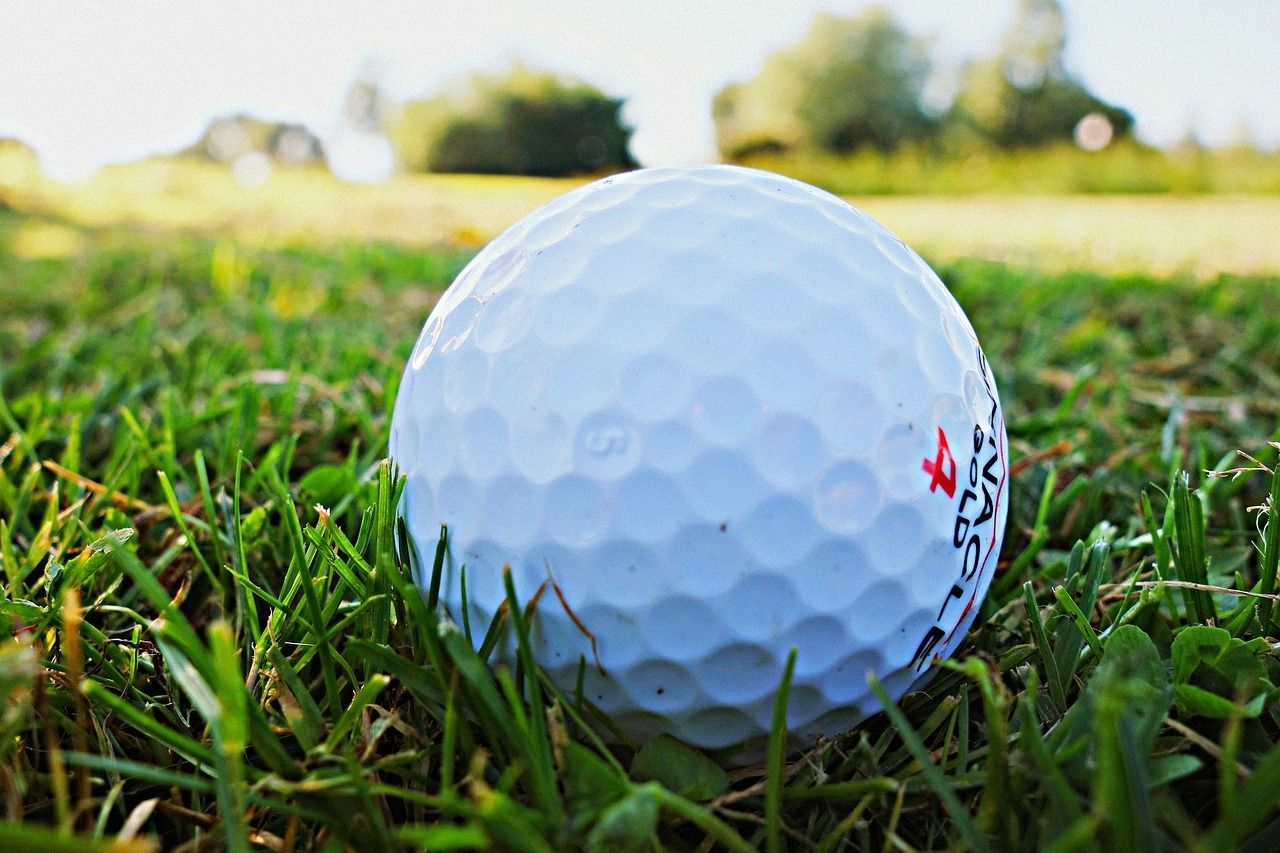
Importance Of Contrast
There are a few factors to consider when answering this question. One concept to keep in mind is “contrast”, defined as the ability to see an object in its background. The higher the contrast, the easier it is to see something. Contrast is especially important in golf due to the small size of the ball and the distance it can travel during a shot. During a game of golf, backgrounds will vary massively, from a cloudy white sky to a dark green fairway or a pale yellow sand trap. A white ball may be easy to see against a bright blue sky, but against an overcast sky, it will be lower contrast and therefore harder to see. Once it hits the fairway, though, it will usually show up well against the green grass.
Impact of Background Texture
Texture can also influence contrast. A highly textured background, such as ground covered with leaf litter, can often make it almost impossible to locate a small object like a golf ball. In this case, think “opposite”. For example, if the leaf litter is primarily yellow or green, use a ball that is red or orange to help it stand out from the background. Or consider using a ball with a pattern such as a checker or soccer ball motif that differs as much as possible from the surroundings.
Eye Health Conditions and Visibility
Different eye health conditions like
cataracts will pose a further challenge, dropping contrast lower under most conditions, muting colours and making detail difficult to discern. High-contrast yellows and neon greens are often the best colours for golf balls in these situations. There are now golf balls available with a highly reflective metallic surface coating that will catch your eye more easily. These can be more difficult to follow in the air, but easier to find on the ground on a variety of surfaces.
To summarize, the proper colour choice for your golf ball will depend on your surroundings. Consider where you’re playing and the colours and patterns that are most prevalent within your most commonly played environments. Consider playing a ball with a varying colour or pattern depending on the shot, background or texture you anticipate. Remember, a good quality pair of polarized sunglasses will make a world of difference to your vision, by cutting out glare and enhancing contrast. It’s also very important to block harmful UV rays from damaging your eyes. Having the most up-to-date prescription for your glasses will improve the sharpness of your vision and your ability to see detail. See your MVO optometrist for an updated prescription and eye health checkup if it’s been over a year.
And if you’re going to slice it in the water hazards or long grass…sorry, no colour selection is going to help!
Best of luck for a successful season hitting those greens more consistently than ever!


